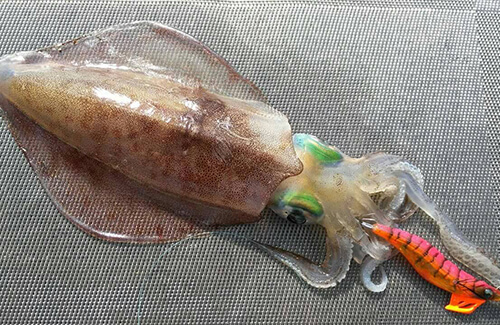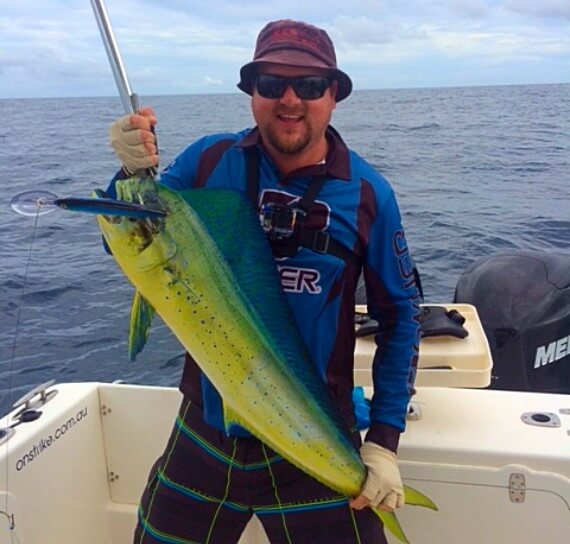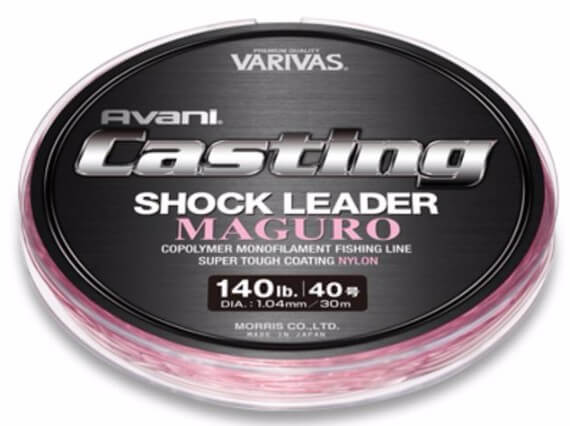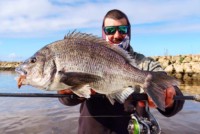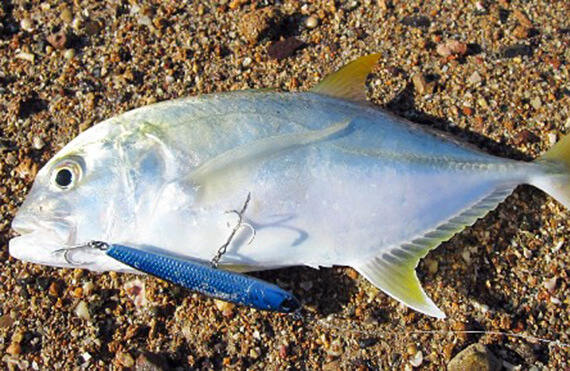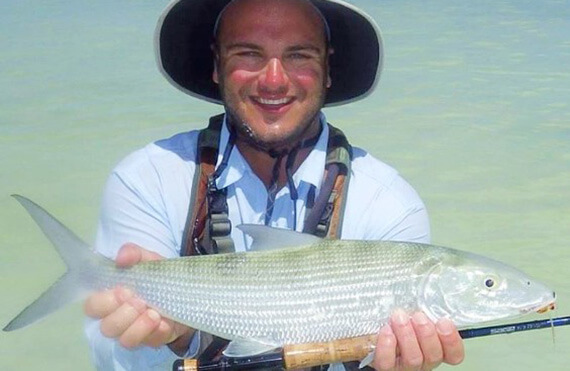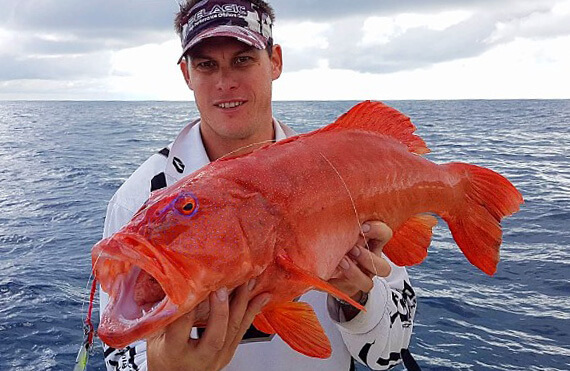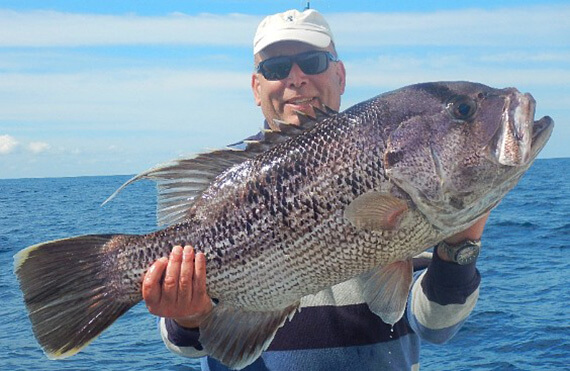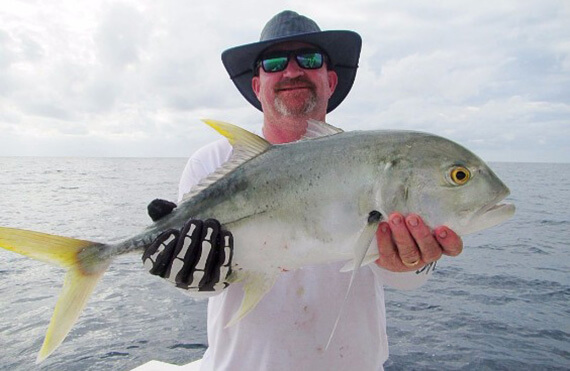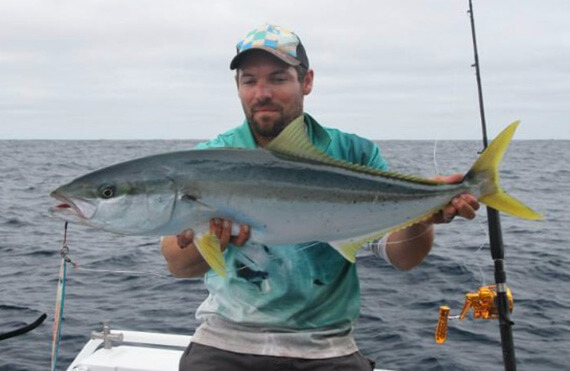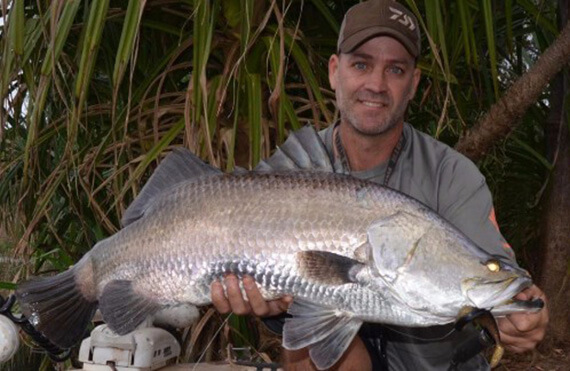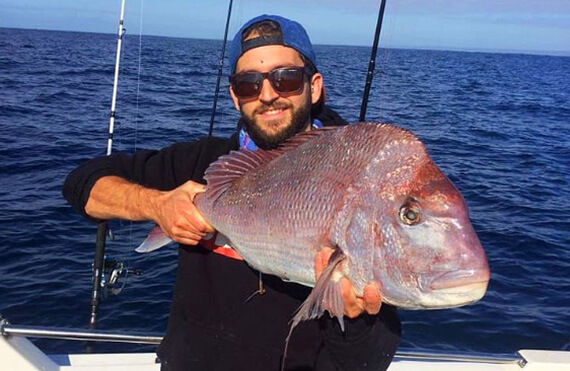Keep your eyes peeled for Recfishwest’s Tip of the week, see below!
Your Fishing Photos
Picture: Good catches of squid are coming from Lancelin Jetty (Photo courtesy of Squid Hunters Western Australia).
If you want to see yourself or your kids feature in our weekly state-wide Fishing Reports, send your best fishing photos and a description to bronte@recfishwest.org.au
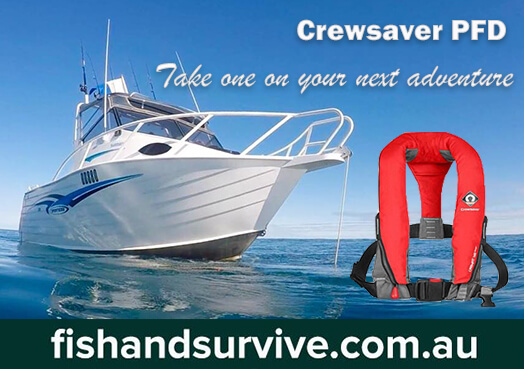
Supercharge Your Fishing Experiences: Part 1
This is the first part of a three-part series on batteries. In this article, we explain how to link batteries in a series circuit and a parallel circuit to obtain your required voltage and desired amp hours.
Read the full article here.

Exmouth Catches
Picture: Dolphin fish, those trolling off the coast of Exmouth have a good chance of catching one of these beauties.
Boats
Gus McAdam hooked an estimated 100kg black marlin before it threw the hooks 30 minutes into the fight at the weekend. He then went on to land an impressive 15kg dolphin fish that was hooked while trolling the 200m depths. Sailfish have been encountered off the west coast as well as in the upper areas of the Gulf. Yellowfin tuna to 40kg and wahoo have also been caught off the west side. Brody Laroux and Dan Macray used soft plastics to catch golden trevally and bluebone near Exmouth Reef during a recent session. Trolled bibbed minnows are working well on Spanish mackerel, especially near Helby Bank.
Shore based
Mangrove jack have been caught at the marina on baits and soft plastics. Small queenfish, trevally, yellowfin bream and estuary cod have also been picked up from the inside and outside rock walls there. Squid have been picked up in better numbers in the evenings at the marina and Learmonth Jetty. Tantabiddi boat launching facility has also been producing squid. Whiting can be caught along the town beaches and those stretching to the lower areas of the gulf. Try VLF Bay for bigger queenfish, golden trevally and giant herring.

Technical Rating: Intermediate
Whether connecting braided mainline to a shock leader for casting lures or choosing a bite-off leader for bottom bashing, leader choice can be all important for effective fishing. The market is dominated by three types of leader material, nylon monofilament, fluorocarbon and wire. Wire is self-explanatory and generally only used when targeting toothy fish. Single strand or multi strand wire can be used in non-coated or various coated forms. Generally, thinner coated wires are knottable and although stiff, some standard knots can be tied with heat shrink coatings on some. Uncoated multi-strand wires must be crimped to secure but a haywire twist may be used to secure single strand. Single strand is stiff in comparison and thinner diameter than multi strand which is more flexible allowing a more natural presentation but water resistance is less with single strand. Different situations lend themselves to different wires in more details than space here, but ask at your local tackle store for some tips.
Nylon is the most common fishing line material and commonly when people refer to “mono” line they are talking about nylon monofilament. Not to be confused with fluorocarbon which is also a monofilament line, the two have different properties which make them more or less valuable for different applications. Fluorocarbon is a clear, hard material which virtually vanishes underwater. The line has an internal structure somewhat like stringy cheese, that when ruptured will strip along the length of the line, rather than cutting across the line. It has low stretch and is much stiffer, or less supple than nylon line. Its benefits are that it provides greater abrasion resistance due to its robustness but is more difficult to tie and doesn’t provide much shock resistance.
Nylon line can come in any range of colours including crystal clear. A range of suppleness is also available from supple to tough/stiff. Generally though, nylon line is much more supple, soft and stretchy than fluorocarbon. It is easier to tie knots, has better shock absorption and is much cheaper to buy. The down side is what it lacks in hardness is reflected in abrasion resistance and line that has been compromised will give way sooner than fluorocarbon with cuts and nicks spreading across the line, rather than down its length. So give a few leader lines a go and choose your favourite for your style of fishing.


